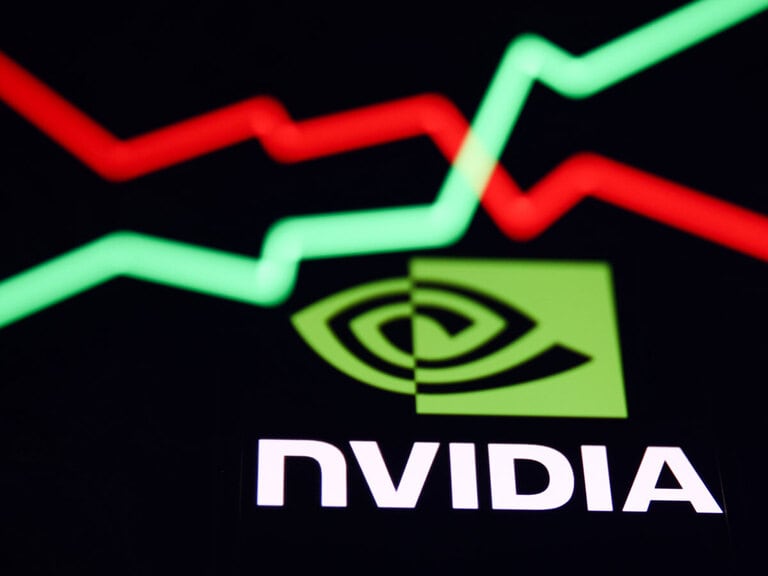Apple has been unusually quiet in the AI race that's heating up. However, it has still managed to keep its position of being the most valuable business in the world. Apple recently reached its all-time high in June and led the charge in the recent bullish rally. Apple’s most recent development is instead in its new Apple Vision Pro hardware, the mixed reality headset, which marked a new series of its products, following the iPod, iPhone, MacBook, iPad, and Apple Watch. Is the tech giant being left behind in the AI crowd?
A hardware-driven business integrated with AI technology
Unlike the other tech giants, Apple is a hardware-driven business. Its hardware sales, including iPhone, iPad, MacBook, Wearables, Home, and Accessories revenue account for about 80% of its total revenue. The core business is still in the development of hardware products, and its release of the mixed-reality headset is another milestone of its new product series following the Apple Watch in 2014. CEO Tim Cook began talking about augmented reality in 2016 and has been going through years of build into the final product. Apple’s hardware has built-in AI technology from Siri, Face ID, and speech recognition to iPhone’s camera and battery charging optimization. And all these functions were long developed before the ChatGPT-led AI technology.
Apple’s advantages in generative AI development
As for the development of the prevailing big language model technology, Apple may take cautious steps toward its development as it seems involved in legal and technical issues. The leader of the generative AI, Microsoft, has already adopted ChatGPT to its service products, including searching engine Bing, Azure Cloud, and Microsoft 365 Copilot. The same as Google, it has also showcased the generative AI-powered search engine Bard. However, all these cloud-running applications will eventually need to lay onto a hardware-supported ecosystem, which is Apple’s series of products. No one else could compete with the tech giant. Another prominent advantage is that Apple has started making its own chips to replace reliance on third-party technology. Apple’s M2 processor for Mac is probably the most capable chip to run generative AI applications.
Apple’s hiring in “Matching Learning and AI”
On Apple’s careers webpage, its “Machine Learning and AI” job descriptions focus on five areas: Machine Learnings Infrastructure, Deep Learning and Reinforcement Learning, Natural Language Processing and Speech Technologies, Computer Vision, and Applied Research. This suggests that Apple has plans for the generative AI’s development, which could be more on Siri-like user interactions, camera functionalities, and image/video editing.
Notably, “Machine Learning and AI” is in third place on Apple’s careers webpage, following “Software and Services” and “Hardware,” which may suggest that Apple is not in a hurry to join the AI hype among big techs. Its focus may be now on the service segment which saw significant growth, and may offer generative AI technology a better platform for user experiences.
In Apple’s March quarter earnings reports, its service revenue, including revenue from monthly subscriptions, App Store, warranties, and search licensing, grew 5.5% year on year, the most in all the segments, while its core product, iPhone sales only increased by 1.5%, mainly due to a rebound in China’s demands. Apple’s service segment saw stable growth, despite macro headwinds in 2022. And its iCloud, Apple Music, and Apple card have huge potential to adopt generative AI technology to provide interactive artificial intelligence services.






